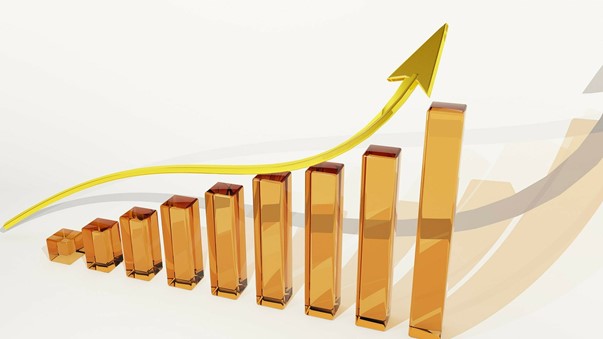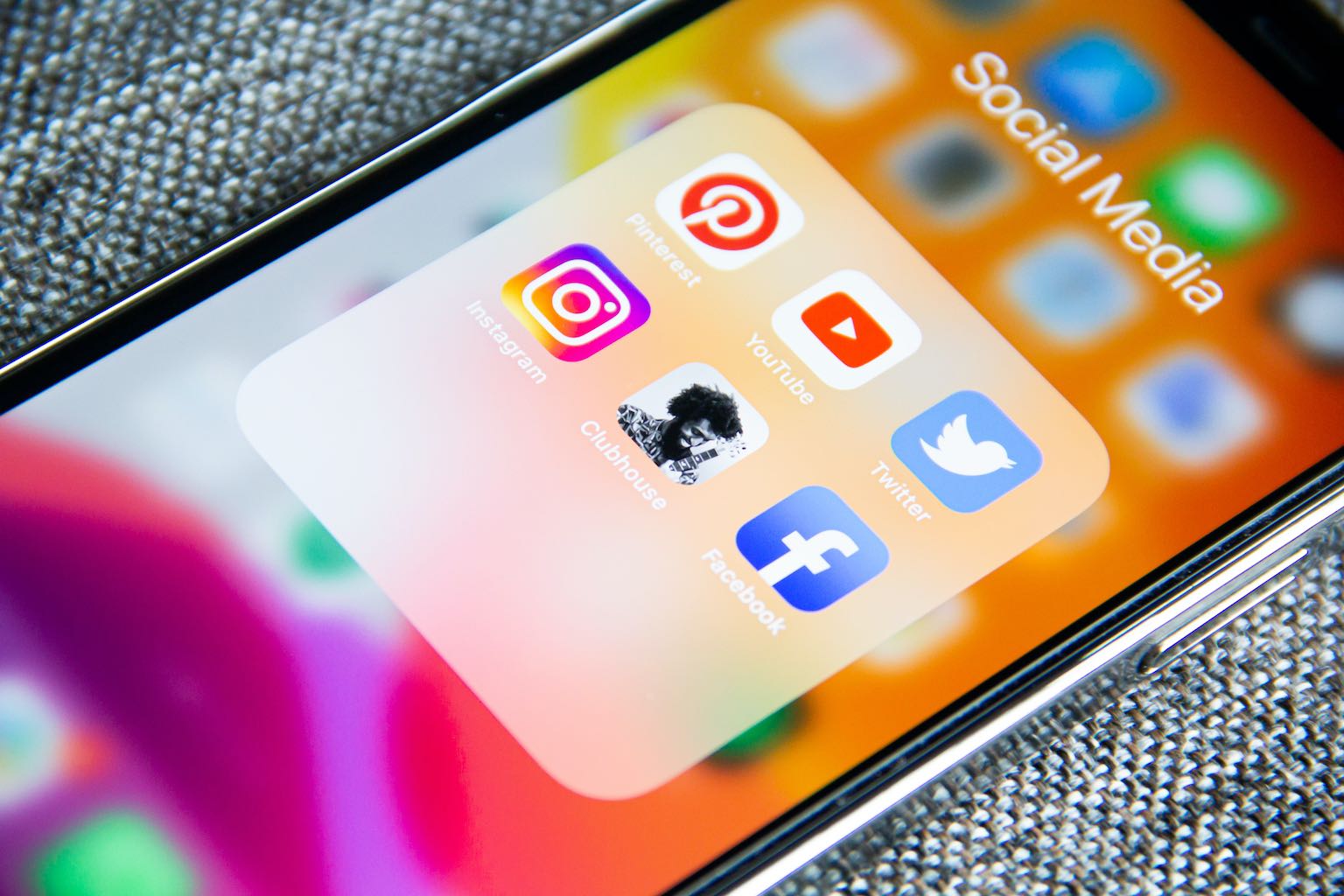Ecommerce has boomed due to the pandemic-induced change in consumer behavior. By 2023, worldwide retail ecommerce sales is estimated by eMarketer to total $6.169 trillion and make up a quarter of total retail sales, up from $3.351 trillion and 14% in 2019. That is phenomenal double-digit growth.
China is the largest retail ecommerce market with about half of the share of total sales worldwide, followed by the US, which made up only 19% of total retail sales. Ecommerce in the rest of the world makes up less than 10% of sales share, indicating a significant potential opportunity. To thrive in such an expanding market requires you to know your customers well and your ability to deliver on better customer experience.
The customer experience or CX starts when a customer is introduced to your brand, either online or offline, by word of mouth or others. To sustain a consumer’s interest is to quickly identify their needs and improve the quality of interaction as they are moving from one channel to another and yet keeping an eye on your brand.
The entire experience, including the initial contact, conversations in and across different communication channels, and the final “buy” with the product or service, are all equally important. This is how today’s consumers want to, and increasingly expect to, engage with business online and in-person.
Experience is as necessary as product and pricing
Legacy ecommerce sites were not built to serve the needs and expectations of the current market consumer. The lack of customer focus in designing the shopping experience has created several challenges, such as cart abandonment and low customer loyalty.
Personalization of products and services to each customers’ needs is here to stay. This hyper-personalization needs a complete view of the customer across sales, service, and marketing. Instant recognition of customer values and priorities helps create and sustain more meaningful customer conversations and relationships.
According to a Forbes Insights study, 74% of consumers are at least somewhat likely to buy based on experience alone. More than 60% of them also say they will be loyal to a brand based on experience. And according to PWC research, consumers are willing to pay a 16% price premium on products and services and will increase loyalty if they have a good experience doing business.
Pricing consistency across channels
Pricing, product promotions, and how to display the price set customers’ expectations about a brand. Therefore, a lot of strategy and planning should go into deciding the price offered to the customer. There are also competitors matching or even offering better deals to customers. Scientists from Syracuse University found that customers’ have a reference price, and it differentiates between customers who are loyal or not.
Most loyal consumers often use external reference prices or what your competitors are charging for a similar product or service. People who use internal reference pricing or have a “gut feeling” about the cost of something are least likely to remain loyal to a brand.
We know that customers compare prices online. For example, industry reports suggest that about 7 in 10 online shoppers use Amazon to compare products found on a brand’s website. Whether you provide it or not, your consumer will scourge the Internet to see alternative price offerings.
A practical implication of these studies is that brands that display competitor prices show their confidence in delivering the best price to their customer. It makes the job of deciding where to buy easy for the consumer.
Up your CX game
Digital transformation has connected the company with its consumers like never before. The vast nature of the Internet and information multiverse means that a customer and a brand are already interacting in the same way on the periphery even before each notices a need for the other.
The customer experience has never been more critical than it is now. With the rise of online shopping and the growth of e-commerce, customer expectations have shifted. Customers have grown accustomed to instant gratification and quick responses, so they will take their business elsewhere if you do not give them both.
But technology can help you deliver on these expectations—and that is where we come in. We work with businesses like yours to help them leverage their existing technology investments to maximize their customer experience. Talk to our experts at Acuity today, who will deliver world-class technology, curated marketing services, and in-depth data analytics to expand your Direct-to-Consumer (DTC) business beyond imagination.
Final Thoughts
It is people and technology that make the business of scaling up easy or difficult for an entrepreneur. Finding the right ecommerce partner will help you resolve several of these challenges.
Acuity provides everything a brand needs to take its Direct-to-Consumer strategy to the next level. The Acuity ecosystem consists of world-class ecommerce technology, curated digital marketing, and in-depth data analytics. It provides a complete set of solutions that makes online selling globally at scale easy. Get in touch today to discover how Acuity can accelerate your brand’s growth.







